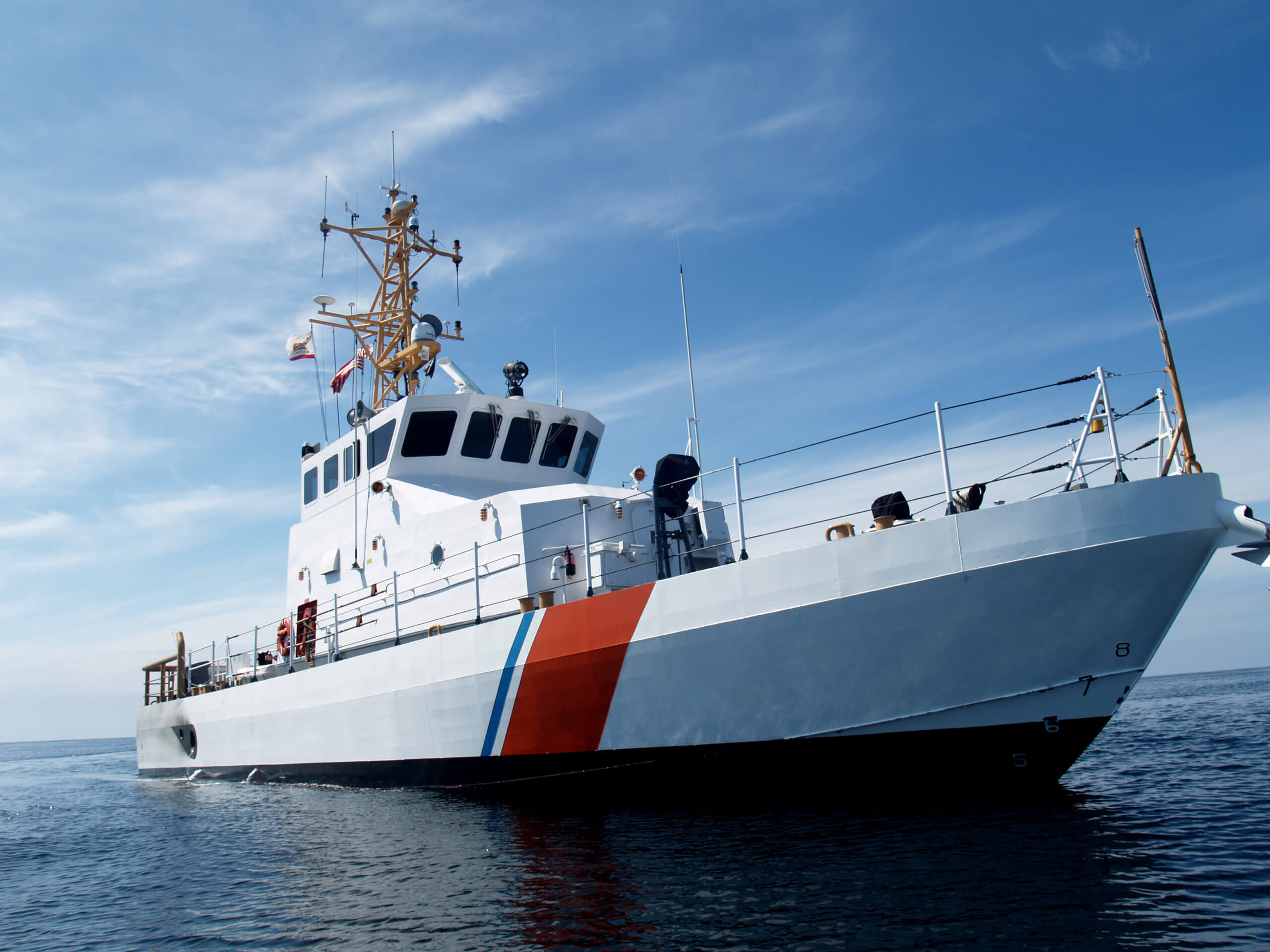New York State: Life-Jacket Law Went ‘Back On’ Nov 1

We’ve all heard the mantra “speed kills,” but so does cold water. New York was the first state to require everyone aboard all small boats to wear life jackets during the coldest half of the year. As of November 1, kayakers, canoeists, and those aboard all other boats under 21 feet must wear Coast Guard-approved personal flotation devices while on New York’s coastal waters, lakes, rivers, and other waterways. The jackets will be optional on such vessels beginning May 1.
While I believe the law should be more aggressive — boats could certainly be larger than 20 feet and fines could be higher — New York’s law is broader than those similar in Massachusetts and Connecticut, and affects all pleasure craft including small sailboats and motorboats (rowing shells used by crew teams are exempt).
Massachusetts’s law only applies to canoes and kayaks, and Connecticut’s law applies to all manually propelled vessels, including canoes, kayaks, and rowboats.
What Are The Laws In The State Of New York?
Every pleasure vessel operated upon the waters of New York must carry at least one United States Coast Guard-approved Type I, II, or III personal floatation device for each person on board. All life jackets on your vessel must be:
Serviceable — free of rot, tears, punctures, waterlogging, and all straps functional; readily accessible — quickly reachable in an emergency situation, never kept in plastic bags or under lock and key; and the appropriate size for the intended wearer — check the USCG approval label for information on the intended user for a particular life vest.
Wear Requirements For Personal Flotation Devices
Children under the age of 12 must wear a Type I, II, or III personal floatation device on board a vessel unless they are in a fully enclosed cabin. The life jacket must be the appropriate size for the child. Anyone operating or riding on a personal watercraft like a jet ski, wave runner, or similar craft must also, as with those being towed behind a vessel, like a water skier, tubers, or parasailers.
You are exempt if you are on a disabled vessel and being towed.
Types Of Personal Flotation Devices
Type I: Off-Shore Life Jacket
Effective for all waters, this type of lifejacket provides the most buoyancy. They are designed to turn most unconscious wearers in the water to a face-up position. There are two sizes: adult, with 22 pounds of buoyancy; and children’s size, with 11 pounds of buoyancy.
Type II: Near-Shore Buoyant Vest
The near-shore buoyant vest is intended for calm, inland water, where there is a good chance of a quick rescue. This type of lifejacket will turn some wearers over, but not reliably. The adult vest provides 15.5-pounds of buoyancy, and the child’s vest, seven pounds.
Type III: Flotation Aid
Good for calm, inland water where there is a good chance for immediate rescue. These are designed for special recreational activities, such as water skiing. They provide the same buoyancy as those categorized as Type II, but without any turning ability. They come in many colors and styles, and in general, are the most comfortable type of lifejackets available.
Type IV: Throwable Devices
These are designed to be thrown to a person in the water, and grasped and held until rescued. These devices are not intended to be worn. At least one Type IV floatation device must be carried on all vessels 16 feet or longer in length.
Inflatable Personal Floatation Devices:
The United States Coast Guard is now approving both automatic and manually inflatable personal floatation devices for use on recreational vessels. Please keep in mind that while they are comfortable and lightweight, they are not suitable for non-swimmers, waterskiers, those under the age of 12, and riders of a personal watercraft. Always consult the approval label on any personal floatation decide to determine if it is approved for the activity in which you plan to use it.
If interested in being part of United States Coast Guard forces, email me at JoinUSCGAux@aol.com.









